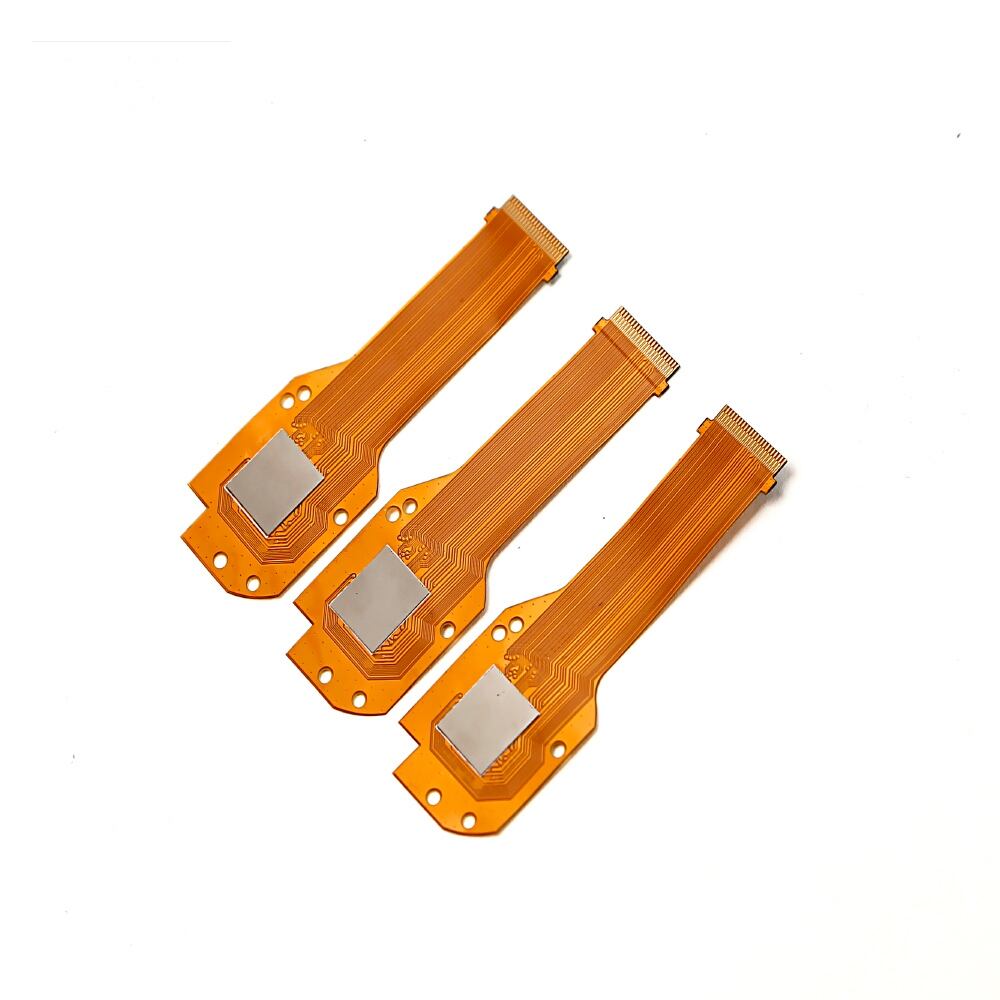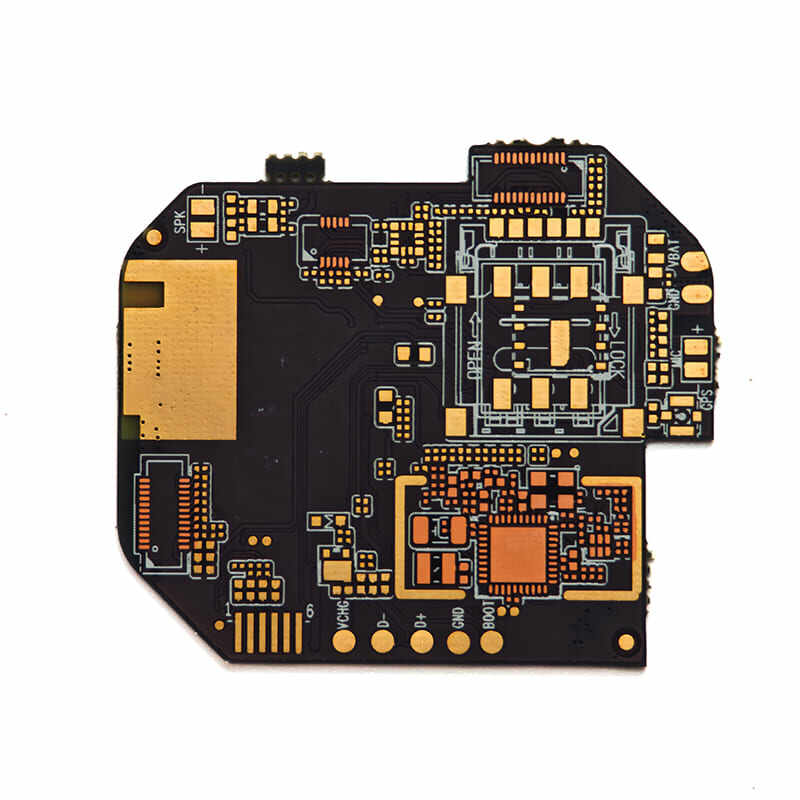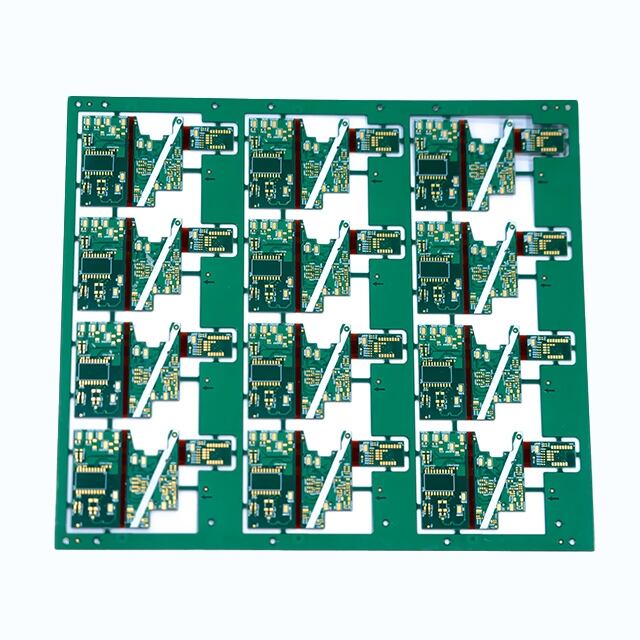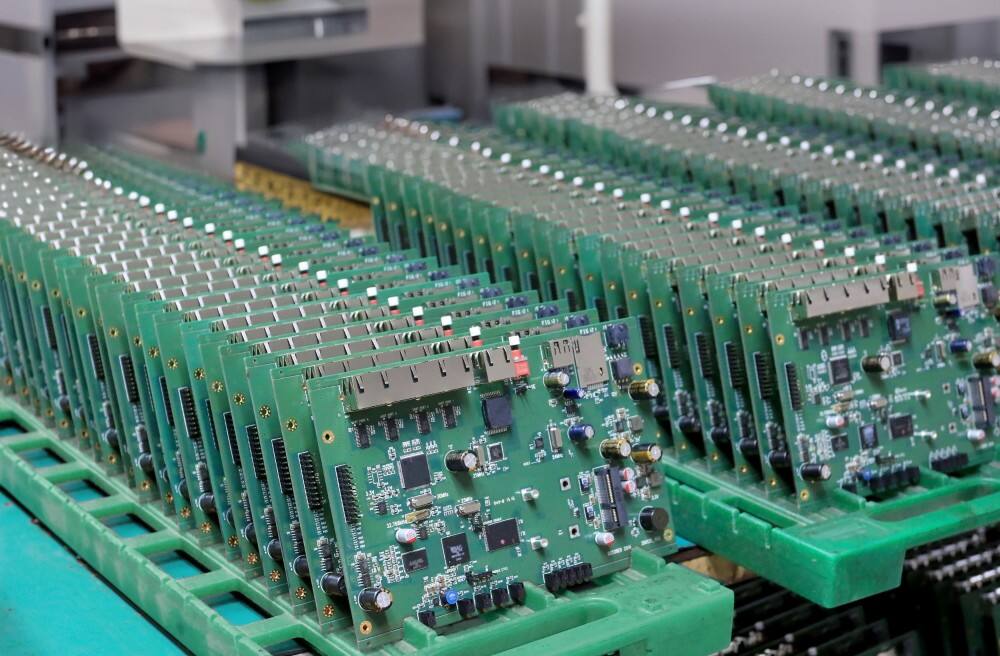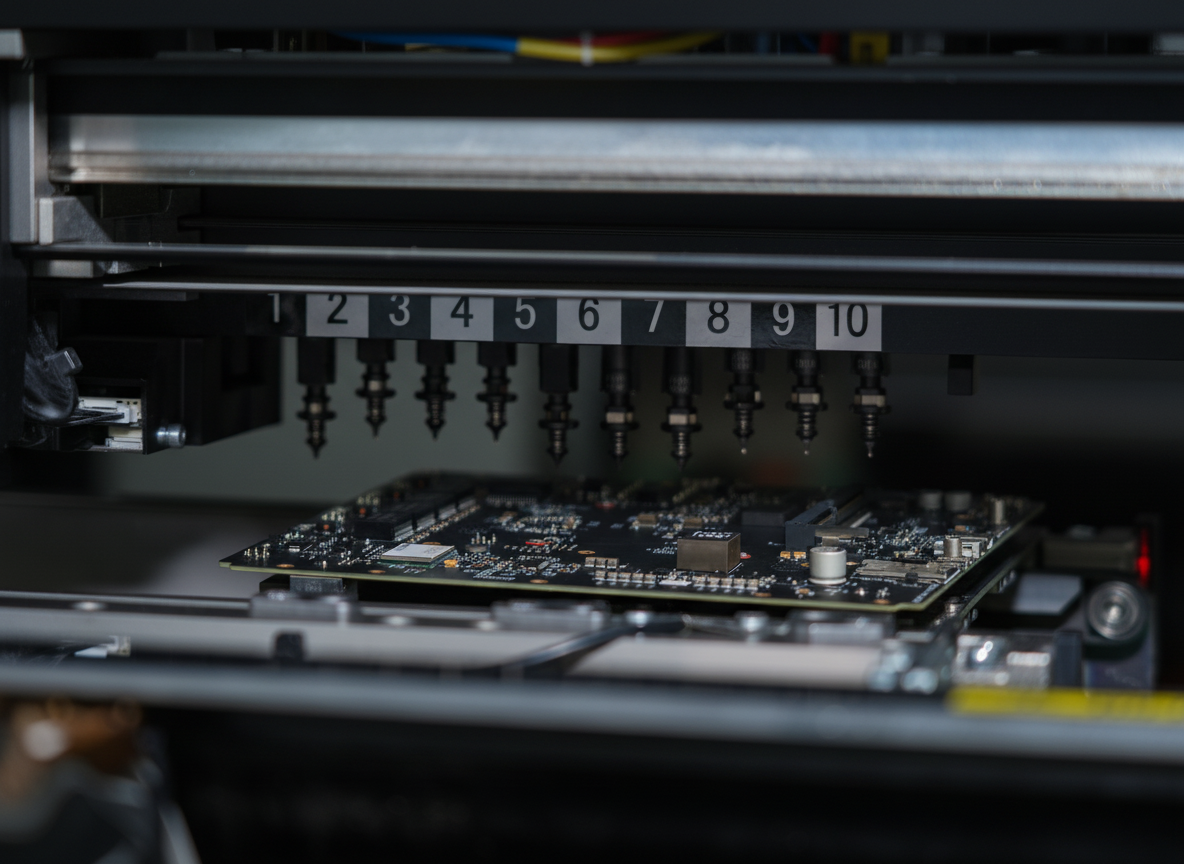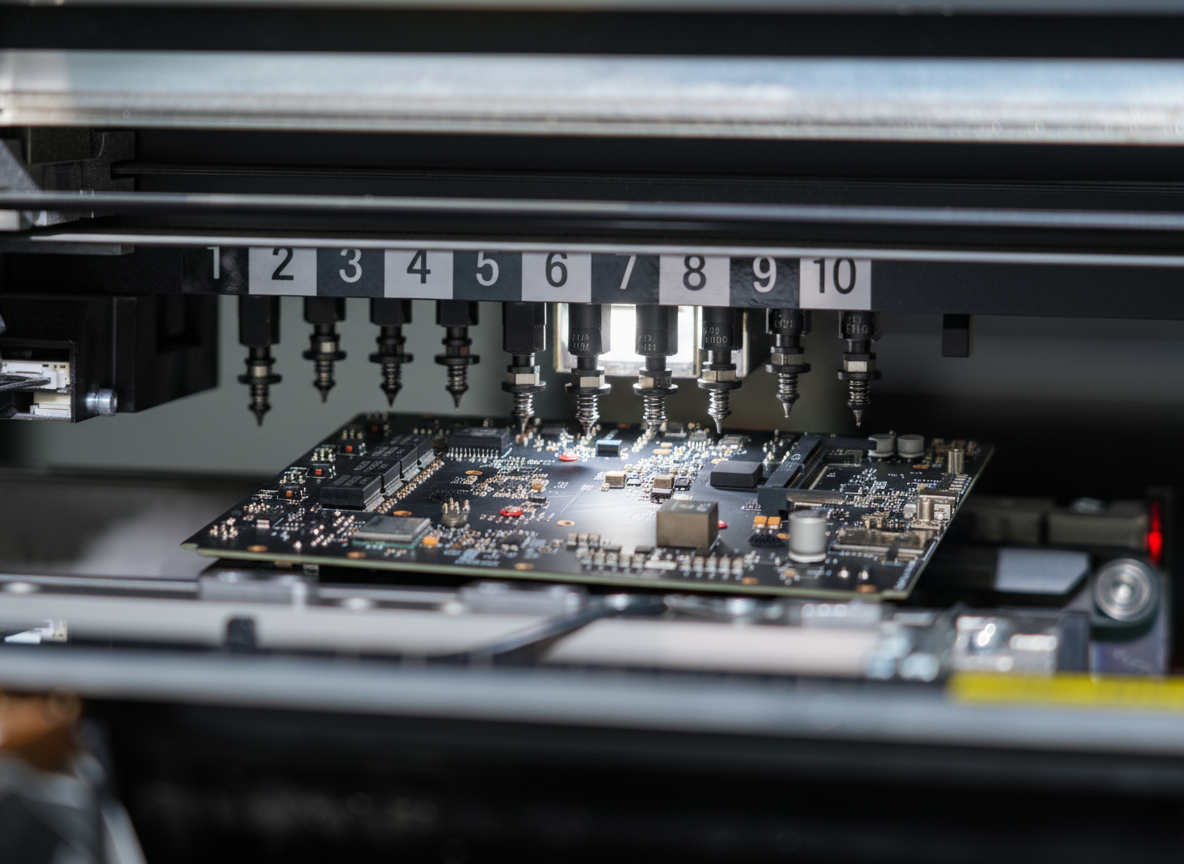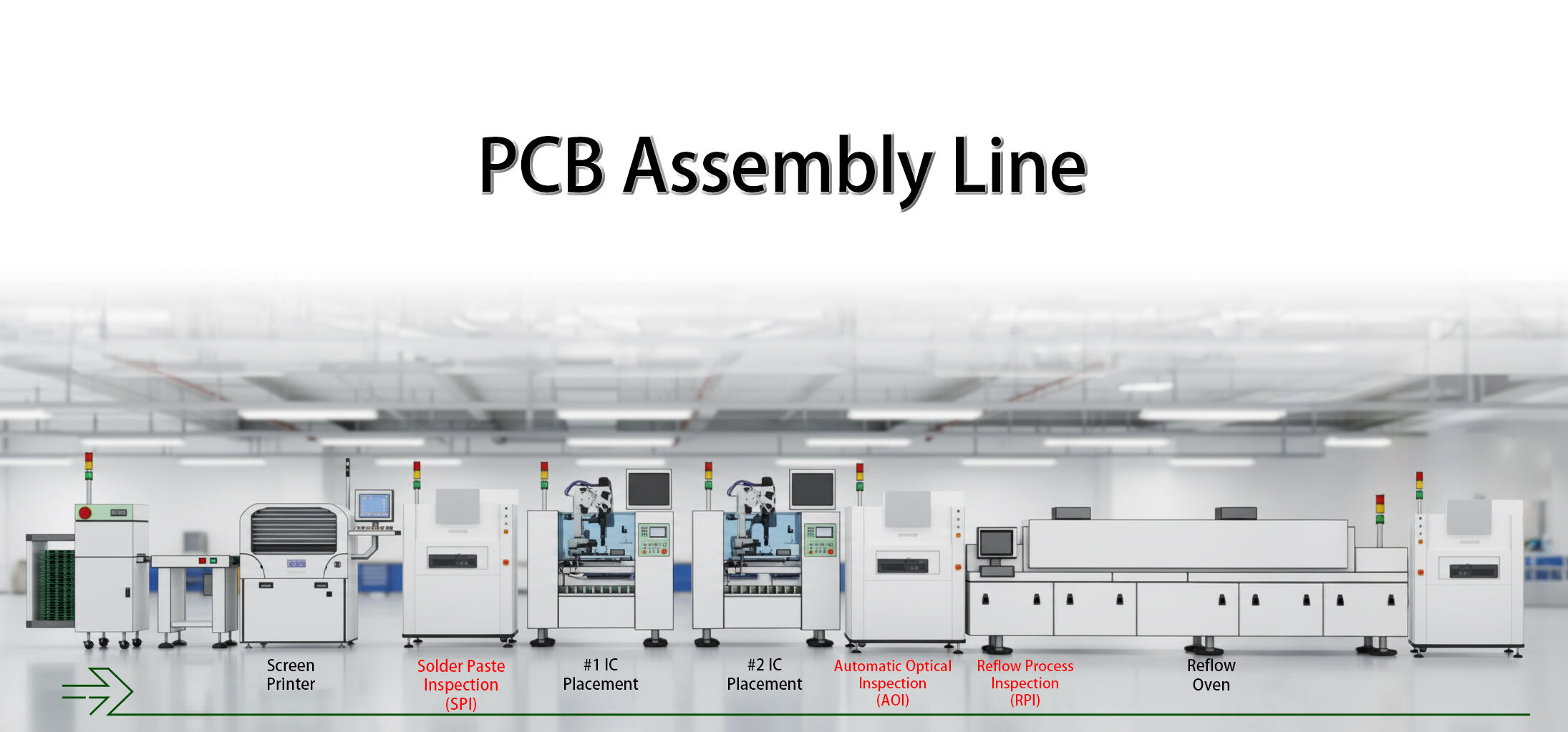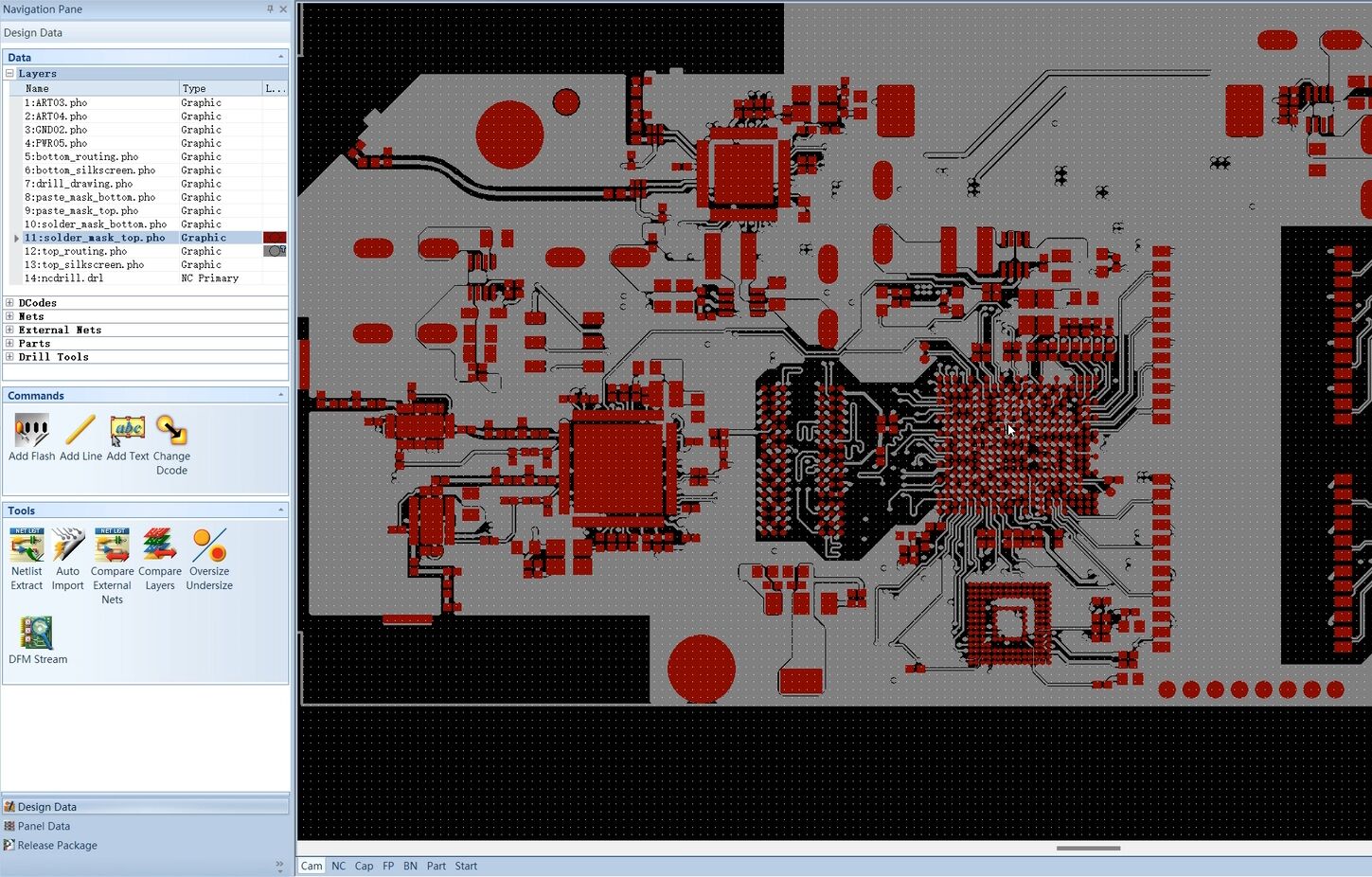ceramic printed circuit board
A ceramic printed circuit board represents a sophisticated advancement in electronic component manufacturing, integrating ceramic materials to create highly reliable and durable circuit platforms. These specialized boards utilize ceramic substrates, typically aluminum oxide or aluminum nitride, to provide exceptional thermal management and electrical insulation properties. The manufacturing process involves multiple layers of ceramic material, with conductive patterns printed or etched onto each layer, creating complex interconnected circuits. These boards excel in high-temperature environments, offering operational stability up to 600°C, making them ideal for demanding applications. The ceramic substrate's inherent properties enable superior heat dissipation, crucial for high-power electronics and components that generate significant thermal energy. Their mechanical strength and resistance to environmental factors, including moisture and chemicals, ensure long-term reliability. These boards find extensive applications in aerospace systems, medical devices, automotive electronics, and high-frequency communication equipment, where traditional PCB materials would fail to meet performance requirements.

